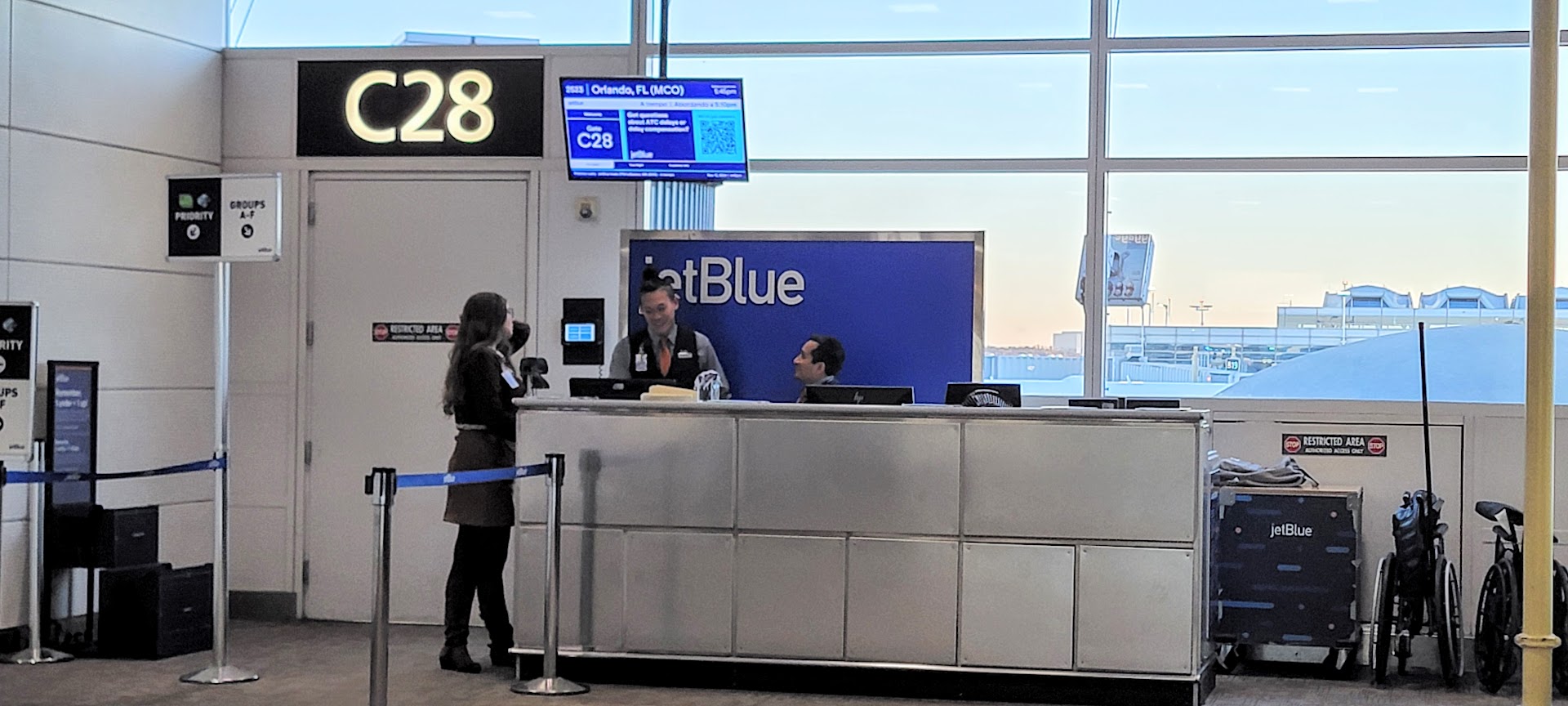Press Release: Korean Air introduces Airbus A350 to fleet
Korean Air is set to begin operating Airbus A350-900 twinjets from January 27. The first aircraft will operate on the Seoul Incheon-Osaka route twice daily, while a second A350-900 will serve the Seoul Incheon-Fukuoka route once daily. The A350-900 is a next-generation aircraft that offers exceptional comfort and an enhanced travel experience. Its superior fuel... The post Press Release: Korean Air introduces Airbus A350 to fleet appeared first on Runway Girl.

 Korean Air is set to begin operating Airbus A350-900 twinjets from January 27. The first aircraft will operate on the Seoul Incheon-Osaka route twice daily, while a second A350-900 will serve the Seoul Incheon-Fukuoka route once daily.
Korean Air is set to begin operating Airbus A350-900 twinjets from January 27. The first aircraft will operate on the Seoul Incheon-Osaka route twice daily, while a second A350-900 will serve the Seoul Incheon-Fukuoka route once daily.
The A350-900 is a next-generation aircraft that offers exceptional comfort and an enhanced travel experience. Its superior fuel efficiency and reduced carbon emissions compared to similar aircraft is expected to advance Korean Air’s sustainability efforts.
The addition of the A350-900 to Korean Air’s fleet addresses growing passenger demand, and will strengthen the carrier’s fleet capacity as it continues its integration with Asiana Airlines. Initially deployed on short-haul routes to Japan, the A350-900 will begin servicing Taipei in March, and long-haul destinations, including Madrid and Rome, in the second half of the year.
The A350-900 showcases Airbus’s most advanced technology in a wide-body aircraft designed for long-haul operations, with versatility to also operate efficiently on regional routes. With operational range exceeding 12,000 kilometers, the aircraft can operate direct flights to all European destinations and most cities in North America.
The A350 sets new standards in environmental performance and efficiency through its carbon composite construction and Rolls-Royce Trent XWB (Extra Wide Body) engines. Its airframe incorporates over 50% carbon composite materials, significantly reducing weight while enhancing durability. Its innovations include biomimetic morphing wings that minimize air resistance for stable flight operations. The aircraft’s lower cabin altitude pressure helps reduce fatigue, while the quiet cabin reduces noise of 4-6 decibels over comparable aircraft.
Korean Air also played a key role in the A350’s development. The aircraft’s three cargo doors – forward, aft, and bulk – were designed and manufactured by Korean Air’s Aerospace Division, demonstrating the company’s advanced manufacturing capabilities.
The A350-900 accommodates 311 passengers, with 28 Prestige Class seats and 283 Economy Class seats.
Prestige Class features a 1-2-1 staggered configuration, ensuring unobstructed aisle access. These seats offer 22 inches (56 cm) of width and extend to 77 inches (195.5 cm) in bed mode, delivering privacy and comfort.
Economy Class features an optimized 3-3-3 layout with ergonomic seats designed to maximize personal space. The seats adapt to passenger movement for enhanced comfort, with a generous 32-33 inch (81-83 cm) pitch and 18-inch (45 cm) width throughout the cabin.
Prestige Class seats are equipped with 18.5-inch displays and touchscreen remote controls for enhanced accessibility. Economy Class features Panasonic’s eX3 entertainment system, offering a wide selection of movies, music and TV programs.
 Korean Air has assembled a dedicated team of experienced pilots for A350 operations, selecting veterans with extensive experience across various Airbus aircraft. Flight crews completed six months of intensive training at the Airbus Asia Training Center in Singapore, including instructor qualification programs to establish in-house training capabilities.
Korean Air has assembled a dedicated team of experienced pilots for A350 operations, selecting veterans with extensive experience across various Airbus aircraft. Flight crews completed six months of intensive training at the Airbus Asia Training Center in Singapore, including instructor qualification programs to establish in-house training capabilities.
“Our comprehensive training program encompasses high-intensity response scenarios beyond standard protocols, reflecting our commitment to operational excellence,” said a Korean Air representative.
To support its A350 operations, Korean Air has implemented a comprehensive technical maintenance program. The dedicated maintenance teams have completed three EASA-approved type training courses, with plans to establish an in-house maintenance training program this year. The airline is also finalizing engine maintenance agreements with Rolls-Royce for Trent XWB engine support.
Korean Air will continue to expand its fleet with both A350-900 and A350-1000 variants.
About Korean Air
Serving the world for more than 55 years, Korean Air is one of the world’s top 20 airlines, carrying more than 27 million passengers in 2019, pre-COVID. With its global hub at Incheon International Airport (ICN), the airline serves 116 cities in 40 countries on five continents with a modern fleet of 162 aircraft and over 20,000 professional employees.
Korean Air’s outstanding performance and commitment to the highest level of safety and customer service has widely been recognized. The airline has been granted numerous awards including a 5-star airline rating from Skytrax as well as Air Transport World’s Airline of the Year and Cargo Operator of the Year awards.
Korean Air is a founding member of the SkyTeam airline alliance and has grown into one of the largest transpacific airlines through its joint venture with Delta Air Lines.
All images credited to Korean Air
The post Press Release: Korean Air introduces Airbus A350 to fleet appeared first on Runway Girl.



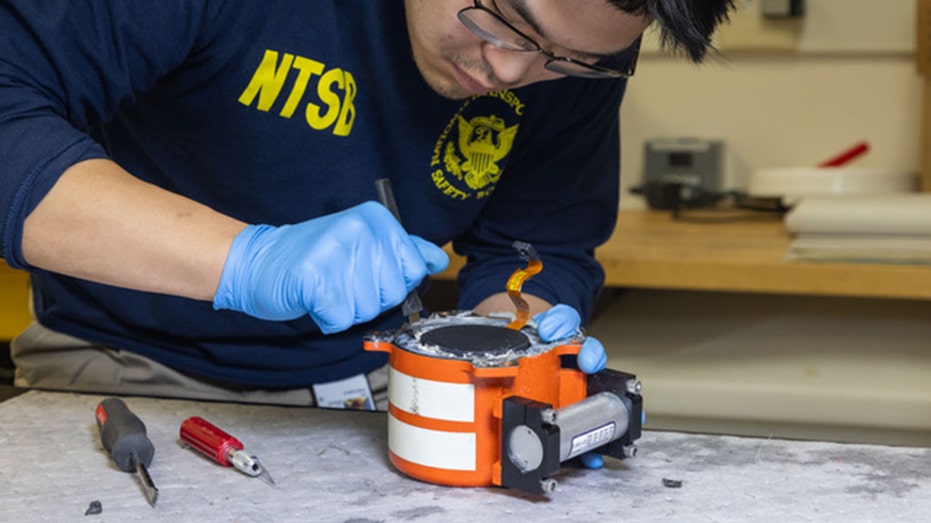
































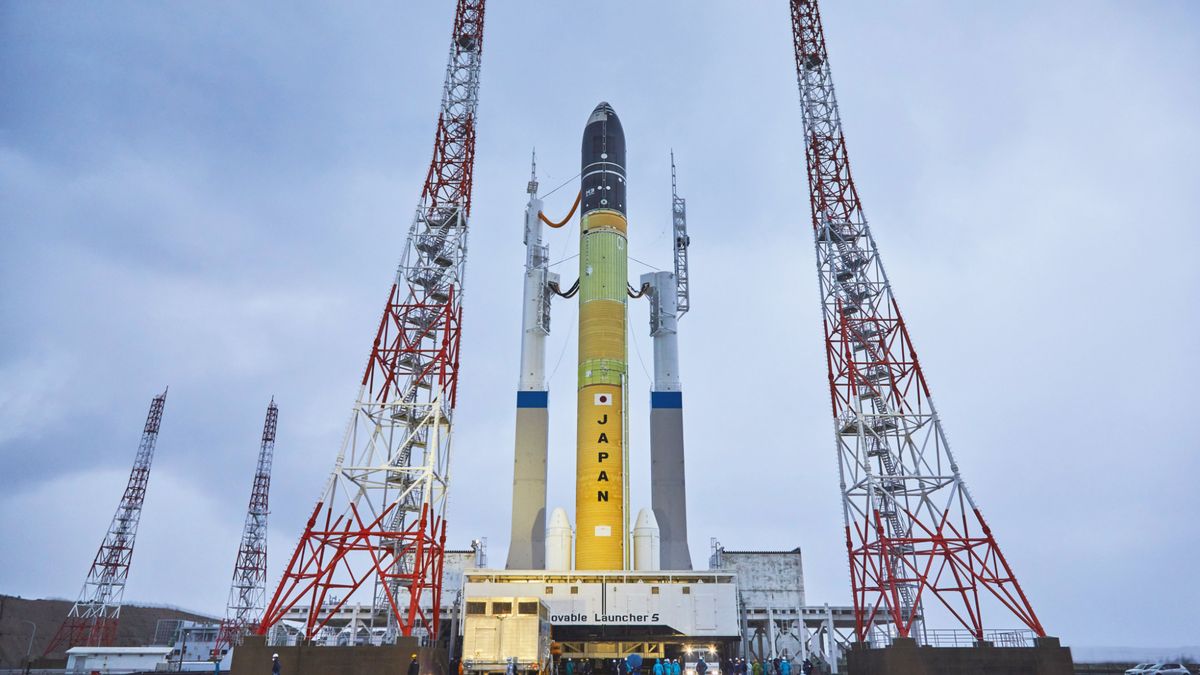





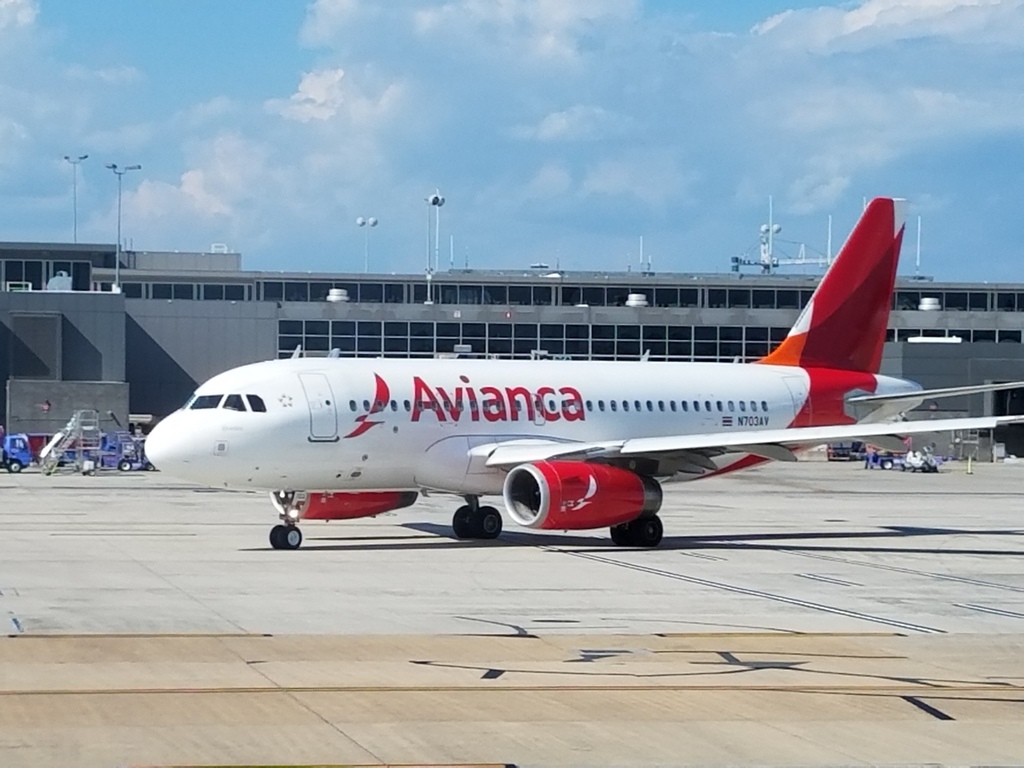
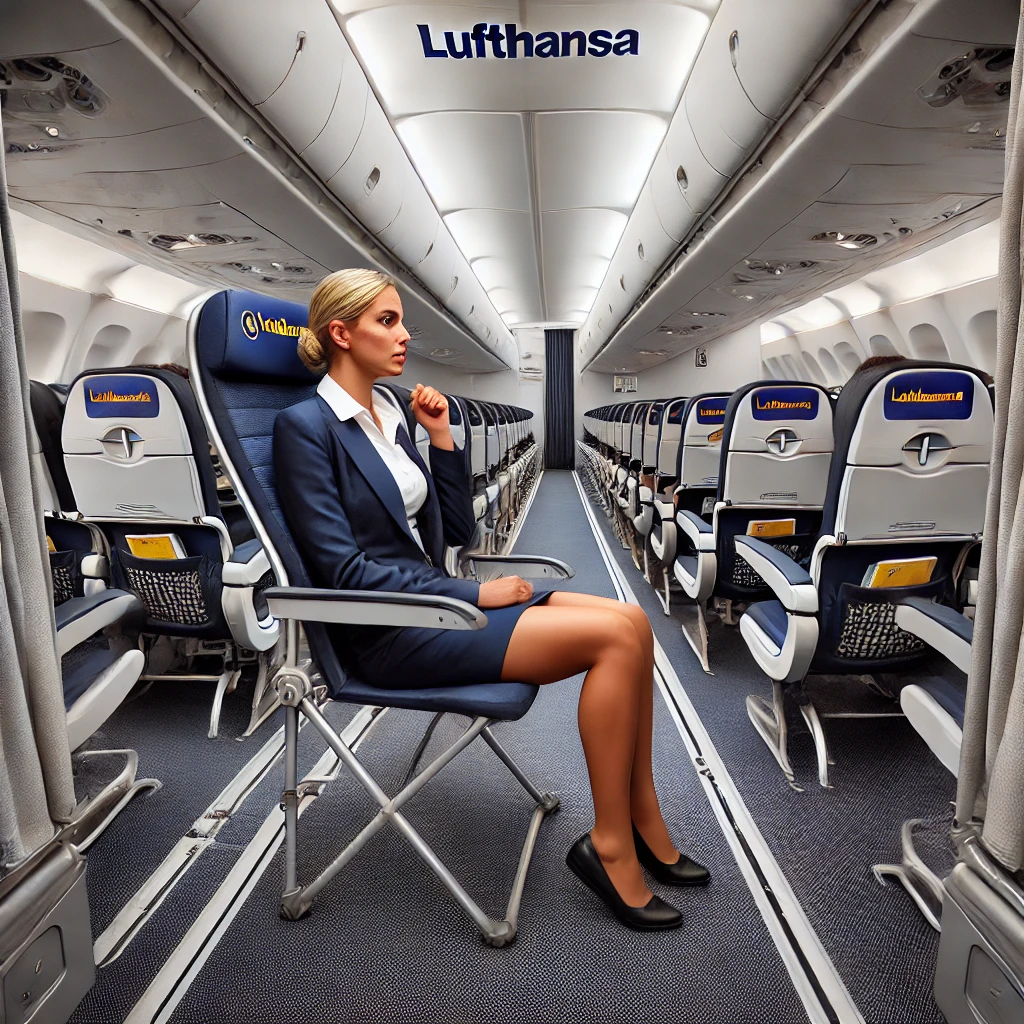
![United Lounge Hack: Flyers Are Cooking Up Secret Breakfast Sandwiches—Would You Try It? [Roundup]](https://viewfromthewing.com/wp-content/uploads/2025/01/united-mcmuffin.webp?#)
